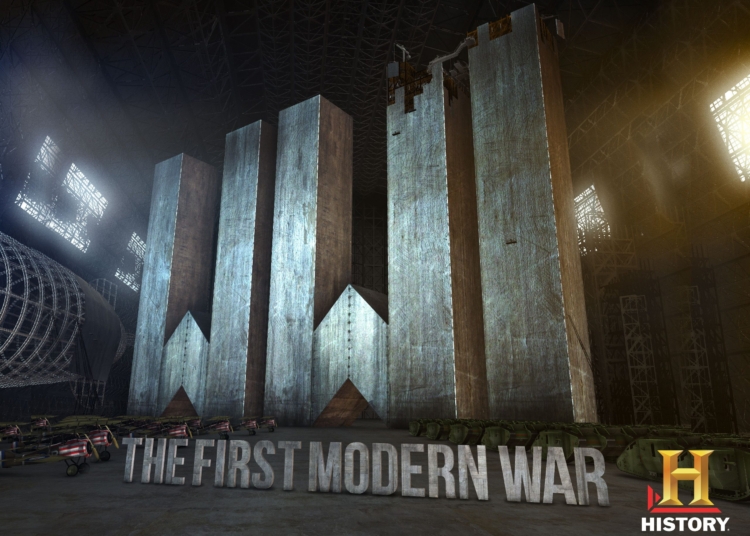The evolution of tanks from World War I to modern warfare has been a remarkable journey of technological advancements. Tanks were initially developed to overcome the challenges of trench warfare during World War I and played a crucial role in breaking the stalemate on the Western Front. In the interwar period, countries invested in research and development to enhance tank capabilities, resulting in tanks with improved armor, speed, and maneuverability. World War II marked a turning point in tank warfare with the introduction of medium and heavy tanks, showcasing the effectiveness of heavy armor and long-range weaponry. During the Cold War, tanks became larger, faster, and more heavily armored, thanks to advancements such as composite armor and improved targeting systems. The future of tank warfare lies in autonomous and robotic systems, with the potential to minimize casualties and be employed in high-risk environments. The evolution of tanks is a testament to human ingenuity and their essential role in military operations.
The Evolution of Tanks: From WWI to Modern Warfare
Introduction
Since their inception during World War I, tanks have played a crucial role in military warfare. Over the years, these armored vehicles have undergone significant technological advancements, evolving from rudimentary vehicles to highly capable war machines. This article explores the fascinating evolutionary journey of tanks, from their primitive origins to their modern-day iterations.
World War I: Early Tanks
During World War I, the first tanks emerged as a response to the challenges of trench warfare. These early tanks, such as the British Mark I, were slow-moving and had limited mobility. They featured simple weaponry, typically consisting of machine guns or cannons. The main purpose of these tanks was to overcome the obstacles of rough terrain and barbed wire entanglements.
Despite their limitations, tanks were a game-changer during World War I. They were used for the first time in the Battle of the Somme and played a significant role in breaking the stalemate on the Western Front. The development of tanks did not stop here; their potential had been recognized, and improvements were necessary.
Interwar Period: Technological Advancements
The interwar period witnessed considerable experimentation and innovation in tank design. Several countries, including the Soviet Union, Germany, and the United States, invested in research and development to enhance tank capabilities.
By the 1930s, tanks such as the German Panzer III and the Soviet T-34 represented significant advancements. These tanks incorporated sloped armor designs, which increased their resistance to enemy fire. Additionally, more powerful engines and improved suspension systems allowed for higher speeds and greater maneuverability.
World War II: The Era of Medium and Heavy Tanks
World War II marked a turning point in tank warfare. The introduction of medium and heavy tanks revolutionized the way battles were fought.
German tanks, like the formidable Tiger II, showcased the effectiveness of heavy armor and long-range weaponry. These tanks boasted significantly enhanced firepower, capable of penetrating the armor of enemy vehicles at great distances. The Soviet Union responded with their own advancements, most notably the T-34, which became synonymous with Soviet tank superiority.
Additionally, the employment of tanks in combined arms warfare, alongside infantry and air support, further increased their impact on the battlefield.
The Cold War and Modern Warfare
The Cold War era brought about further innovations in tank technology, as the United States and Soviet Union engaged in an arms race. Tanks became larger, faster, and more heavily armored.
The advent of composite armor, which combined steel plates with other materials, significantly increased protection while reducing weight. This allowed tanks to maintain mobility while offering superior defense against various enemy threats. Furthermore, advancements in targeting systems and ammunition technology improved accuracy and firepower.
The Gulf War in 1991 provided a glimpse into modern tank warfare. The American M1 Abrams and the British Challenger 2 showcased their effectiveness, dominating the battlefield with their superior technology and firepower.
Future Prospects
As technological advancements continue to redefine warfare, the evolution of tanks shows no signs of stopping. The future of tank warfare lies in autonomous and robotic systems. Unmanned tank prototypes have already been developed, incorporating sophisticated sensors and artificial intelligence algorithms.
These autonomous tanks have the potential to minimize casualties, as they would not require direct human intervention. They could also be employed in high-risk environments or situations where it is logistically challenging to have human operators present.
Conclusion
The evolution of tanks from their humble beginnings in World War I to their advanced forms in modern warfare is a testament to human ingenuity and adaptability. Through technological advancements, tanks have become highly efficient and lethal war machines. Whether in the past, present, or future, tanks remain an essential component in military operations, continuously evolving to meet the challenges of an ever-changing battleground.












